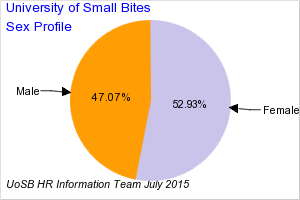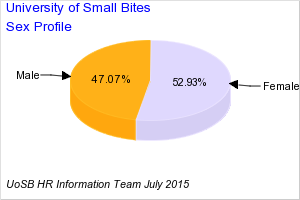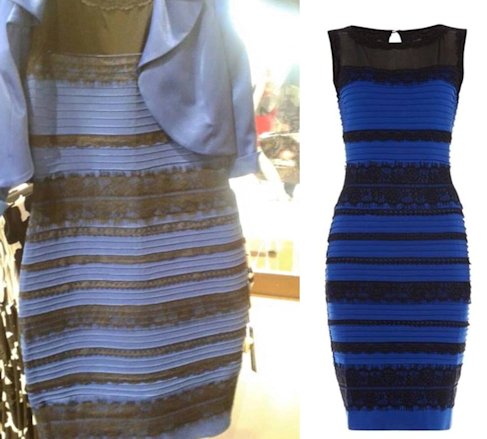The Employment Rights Act 1996 underpins contracts of employment in the United Kingdom.
The terminolgy to use is a written statement of particulars of employment. This summarises the main particulars of the employment relationship and must according to the legislation be given within two months of the person's first day of service.
Whilst the law states two months it would actually be poor form to encourage a person to give up an existing job or prior state of affairs without actually presenting them with the contractual terms of their new role until two months after it has started. The law is quite flexible but if we are truly focused on the quality of the engagement with the prospective member of staff the written statement of particulars really should be issued as soon as possible after the decision to appoint has been made.
Issuing the written statement of particulars at the earliest point means the person is aware of what they being contracted to and can clarify any uncertainties before accepting. Starting a relationship in this manner where possible helps ensure a more harmonious contract.
The key aspects of a written statement of particulars are as follows:
An explanation of the symbols used

|
This icon represents a unit that has child units. Click it to see the child units. |

|
This icon means that a unit has its child units visible. Click to close the child units. |
| Unit name | Click on a unit to get more information on it. If the unit has child units it will open a page showing them too. |

|
Clicking this icon takes you to some basic theory on organisation charts and structure. |

|
This button is Collapse All and when clicked closes all units that have been opened up. |

|
This button is Expand All and when clicked opens all units so you will see every aspect of the tree. |
One for the things we have mentioned at some length on this site is that information should be presented in a blended way that takes into consideration the different preferences that readers have.
Some people have a preference for logic, facts, rules patterns and details. Sometimes referred to as Left Brain preference.
Some people have a preference for feelings, symbols and images and creativity. Sometimes referred to as Right Brain preference.
Some people have no particular preference for how information is presented so long as it is correct.
This means that HR information specialists have a duty to try their best to present things in at least a visually engaging and a logically detailed format.
Below we are going to use a few examples to help show how perceptions of the same thing can differ.


Images of a 2D and 3 D Pie chart
Apparently most people see the dancer spinning counter-clockwise which apparently means they are left-brained (logical). It is also possible for the dancer's direction of spin to change even as it is being observed.

Image of the silhouette of a spinning dancer

Image of two dresses that some people see as various colours